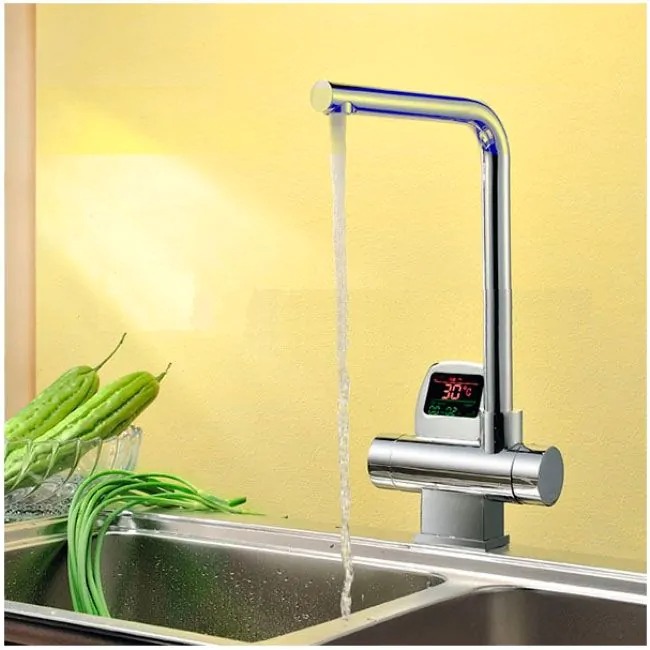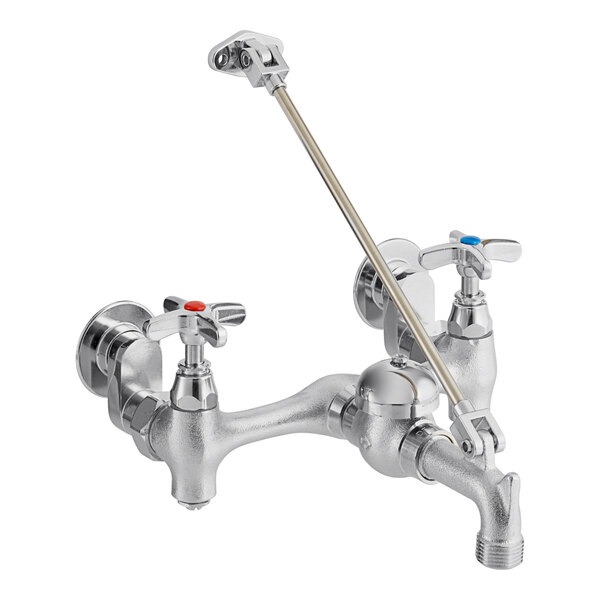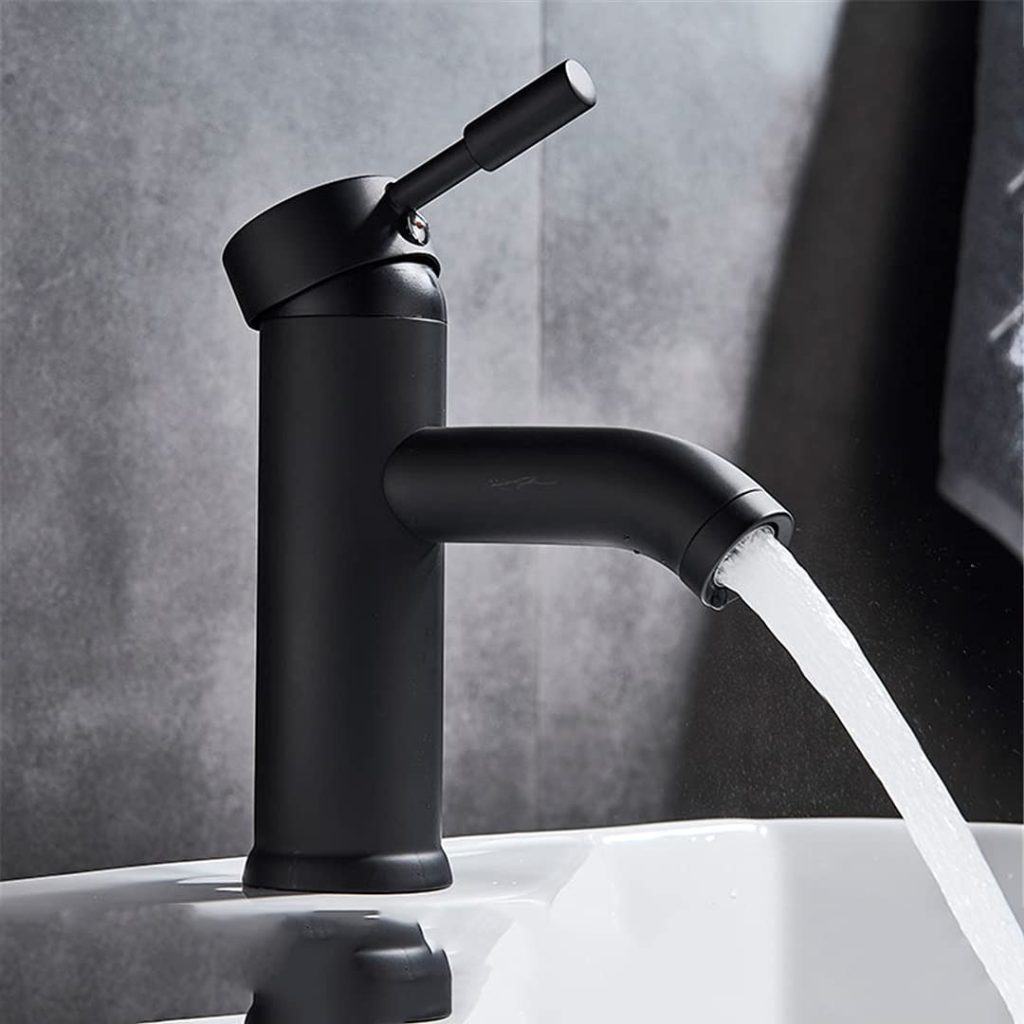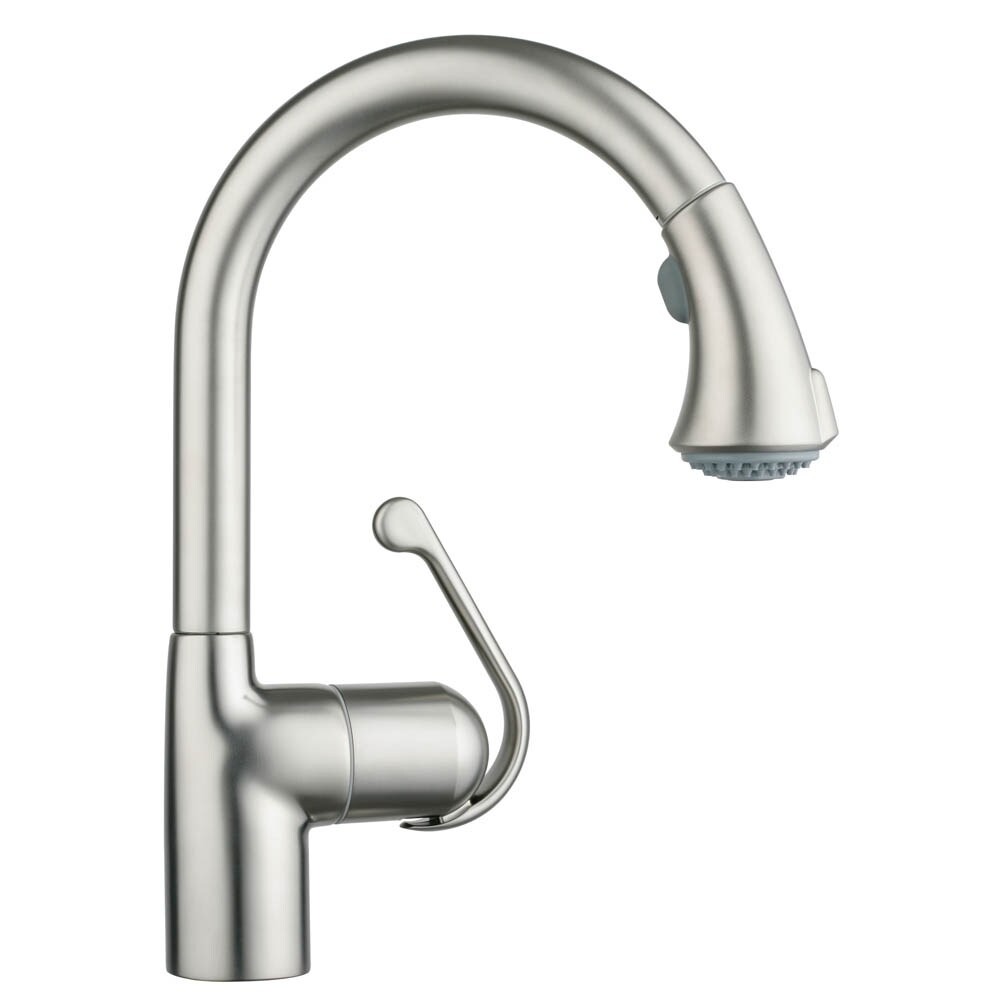Identifying Common Delta Faucet Problems
When it comes to maintaining your delta faucets repair, being able to spot common issues is crucial. Below, we outline three frequent problems you may encounter with Delta faucets and discuss the signs that indicate their presence.

Leaky Faucet Handles
Leaky handles often signal worn-out O-rings or seals inside the faucet assembly. If you notice water pooling around the handle or dripping when the faucet is off, it’s time for delta faucets repair. Occasionally, this can also result from loose parts, which require tightening or replacement.
Dripping Spout Issues
A dripping spout is not just annoying; it suggests that internal components, like the seats and springs or the cartridge, might be failing. Constant drips, even after the faucet is fully closed, point to the need for immediate attention. Addressing these parts swiftly can help prevent wasteful water usage and potential water damage.
Low Water Pressure Concerns
Experiencing weak water flow? This could be due to sediment build-up in the aerator or issues within the faucet’s internal valves. Before you take any tools to your faucet, first ensure that the problem isn’t with the overall water supply to your home. If it’s isolated to the faucet, it’s likely a problem with the faucet itself that will require cleaning or part replacement.
Tools and Materials Needed for Faucet Repair
Before embarking on delta faucets repair, gather the necessary tools and materials. A well-prepared DIY kit simplifies the repair process and helps avoid mid-repair trips to the store.
Essential Tools for DIY Repairs
For most faucet repairs, you’ll need a palette of basic tools. Here’s what should be in your toolbox:
- Adjustable Wrench: For tightening or loosening nuts and bolts.
- Allen Wrench Set: Needed for handle screws on many Delta faucet models.
- Screwdrivers: A variety of flat-head and Phillips-head sizes.
- Pliers: Useful for gripping small or difficult-to-hold parts.
- Plumber’s Tape: Helps secure threaded connections against leaks.
- Towel or Rag: To keep your work area dry and protect your faucet’s finish.
Along with these, keep a flashlight handy to illuminate hard-to-see areas under the sink.

Replacement Parts Commonly Used
The repair may call for specific replacement parts. It’s important to know which ones are often needed:
- O-Rings and Seals: Prevent leaks by creating tight seals.
- Faucet Cartridge: The heart of the faucet, controlling water flow and temperature.
- Aerator: The screen at the spout’s end, which can affect water pressure.
- Seats and Springs: For creating a snug fit within the faucet.
Identify and purchase the right Delta faucet parts for your specific model. Double-check model numbers to ensure compatibility.
Step-by-Step Guide to Fixing a Leaky Delta Faucet
A leaky Delta faucet can lead to water waste and increased utility bills. To tackle delta faucets repair, a structured approach is essential. Follow this step-by-step guide to efficiently fix a leak.
Disassembling the Faucet
Start by shutting off the water supply to prevent any mishaps. Use an adjustable wrench to loosen and remove the handle. Take out the cap and collar if present. Utilize an Allen wrench or screwdriver to detach any remaining components cautiously. Keep all removed parts organized for easy reassembly.
Replacing Worn-Out Components
Inspect the faucet’s interior for worn O-rings, seals, or a faulty cartridge. These components often cause leaks. Match the old parts with replacements, double-checking sizes for accuracy. Apply plumber’s tape on threads where required. Install the new parts precisely where the old ones were removed.
Reassembling and Testing Your Faucet
Reassemble the faucet by reversing the disassembly process, ensuring every part fits snugly. Turn on the water supply and observe for any leaks. Adjust components as needed. Once you confirm the leak is fixed, wipe down the faucet surface to complete the delta faucets repair.
Addressing Delta Faucet Cartridge Issues
Delta faucets are known for their durability and performance, but even the best faucets are subject to wear and tear. One common issue that may arise is a problem with the faucet’s cartridge, which can lead to leaks or inconsistent water temperature control. In dealing with delta faucets repair, understanding how to handle cartridge issues is essential for a well-functioning faucet.
Identifying Cartridge Types
Delta faucet cartridges come in various types and it’s important to identify the correct one for your model. Common types include ball, disc, and compression cartridges. You’ll usually find the cartridge type listed in your faucet’s manual or by checking the Delta website with your model number. Make sure you know the right cartridge type before purchasing a replacement.
Steps for Replacing a Faucet Cartridge
Once you have identified the right type of cartridge for your delta faucets repair, follow these simple steps to replace it:
- Turn Off Water Supply: Always start by turning off the water to prevent flooding.
- Remove Faucet Handle: Use an Allen wrench or screwdriver to take off the handle.
- Take Out Retaining Clip or Nut: This holds the cartridge in place and may need pliers to remove.
- Pull Out the Old Cartridge: Grip with pliers and pull straight up.
- Insert New Cartridge: Slide the new cartridge in the same orientation as the old one.
By following these steps carefully, you can fix cartridge issues and restore your faucet to its proper function. Ensure that you handle all parts gently to avoid damage, and don’t forget to keep your workspace tidy to avoid losing any small components during the repair process.

Preventative Maintenance for Delta Faucets
Proper maintenance is key to keeping your Delta faucets in excellent condition. Regularly scheduled upkeep can prevent common problems before they start.
Routine Cleaning and Upkeep
To maintain your Delta faucets, clean them often. Use a mild soap and a soft cloth to keep finishes shiny and prevent buildup. Avoid harsh chemicals that can damage the faucet’s surface. Wipe dry after cleaning to prevent water spots.
When to Replace Seals and Springs
Over time, seals and springs in your Delta faucet can wear out. If you notice a drop in water pressure or a leak, it might be time to replace these parts. An easy way to check is to remove the faucet handle and look at the condition of the seals and springs.
Typically, it’s a good idea to replace these parts every 2 to 3 years. However, if you use your faucet heavily, you might need to replace them more often. Use genuine Delta parts to ensure the best fit and performance.
Tips for Improving Water Pressure in Delta Faucets
Low water pressure in your Delta faucet can be frustrating. But, there are simple fixes to improve it. These tips help restore normal water flow.
Removing Flow Restrictors
Delta faucets may have flow restrictors to save water. Removing them can boost water pressure. Always shut off the water before starting. Find the restrictor in the faucet head or handle. It looks like a small disc or screen. Gently remove the restrictor with a screwdriver or pliers. Be careful not to damage the faucet parts.
Professional Versus DIY Repairs for Delta Faucets
Deciding between do-it-yourself (DIY) or calling a professional is important in delta faucets repair. It depends on your skills, the problem’s complexity, and the potential need for special tools.
The Benefits of Fixing Faucets Yourself
DIY faucet repair has advantages:
- It can save money on labor costs.
- It’s rewarding to fix issues by yourself.
- You learn useful skills for future repairs.
- Quick fixes don’t have to wait for a plumber.
For minor repairs, with the right tools and instructions, DIY can be the best option. With attention to detail, you can successfully conduct delta faucets repair and maintain your home’s plumbing.

How to Contact Delta for Support and Parts
When you need help, Delta has several support options. You can call their customer service hotline for assistance. They can guide you through delta faucets repair steps. You can also email them with details of your issue. Make sure to include your faucet model and describe the problem. For replacement parts, check Delta’s website. You can order parts directly if you know what you need. Keep your model number handy. It helps the support team find the right parts faster.
